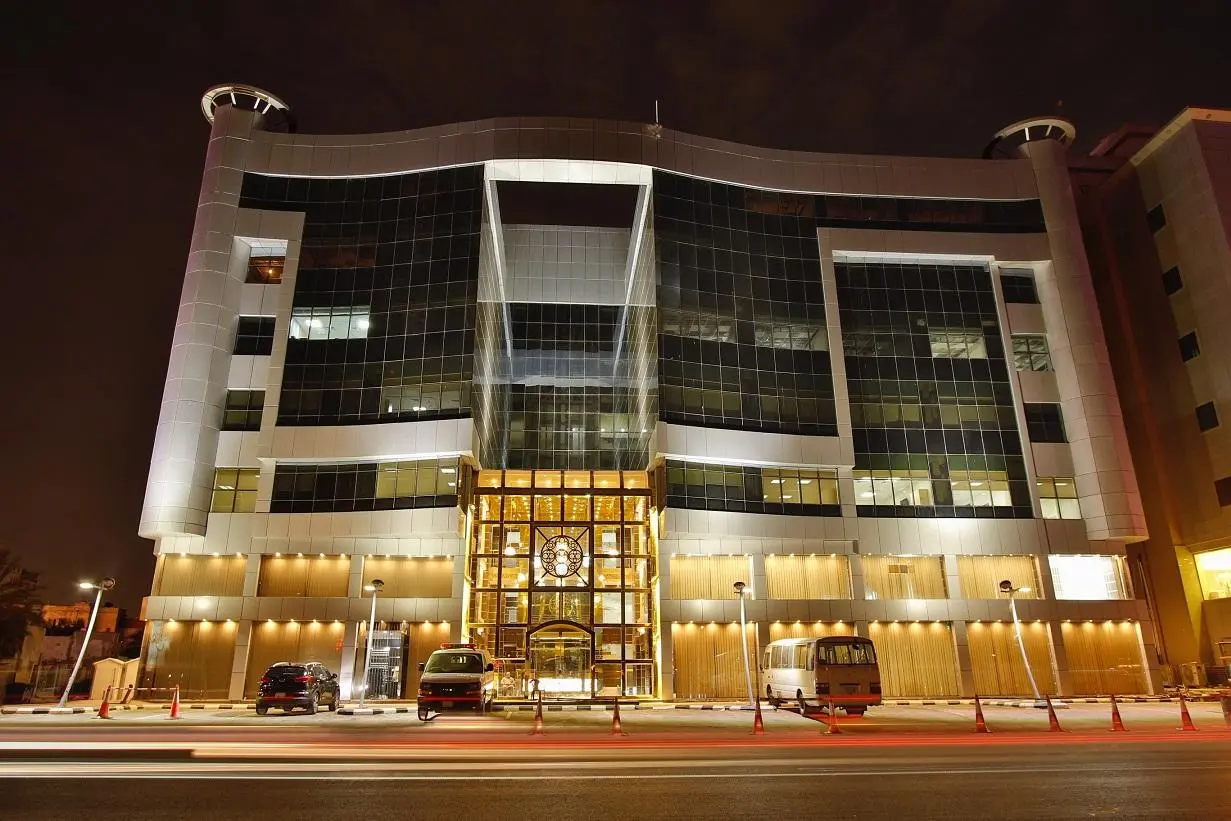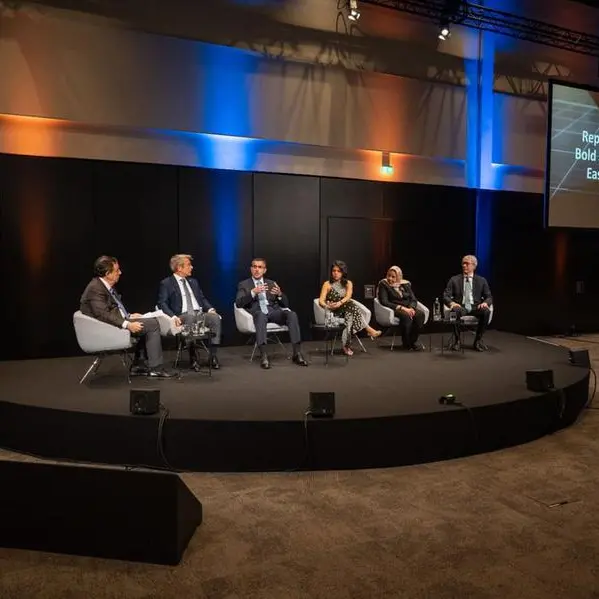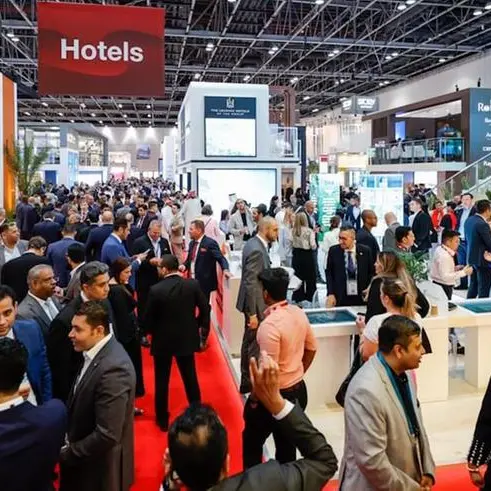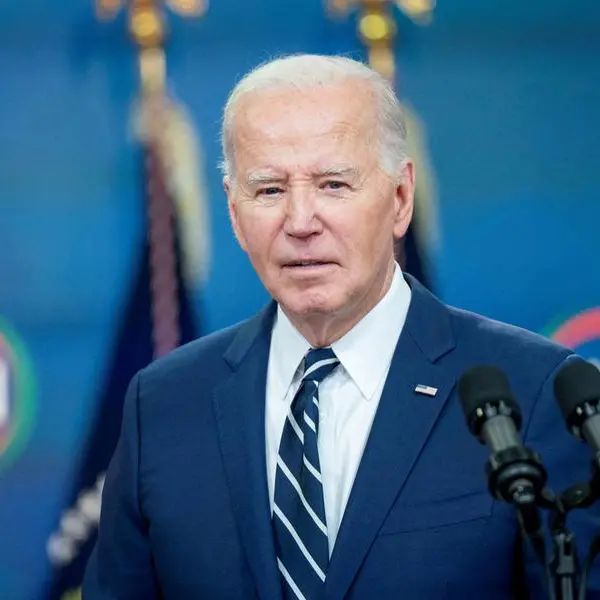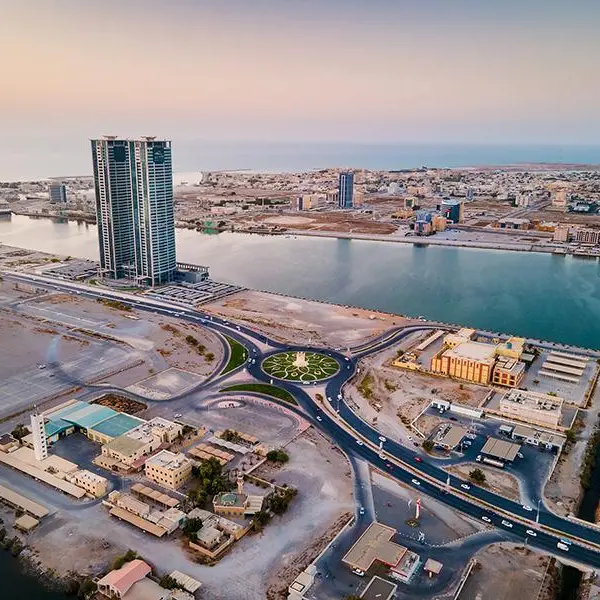PHOTO
The CEO of Gulf healthcare operator NMC Health now has a new milestone in sight. Prasanth Manghat, who masterminded the group’s listing on London Stock Exchange in 2012, is determined to replicate in Saudi Arabia the growth that the company has built in the UAE over the last three decades.
This time, though, he’s aiming for a much shorter timeframe.
Speaking to Zawya at the NMC Health headquarters in Abu Dhabi, Manghat sounded a bullish note as he spoke of the company’s expansion into the Arab world’s largest economy. He sees market fundamentals strongly supporting the kingdom’s healthcare system, and ‘great value of return for NMC shareholders hidden in Saudi’.
“We will see near $1 billion in revenue coming in from Saudi Arabia in five years,” he said, adding, “NMC reached that $1 billion [in revenue] after 35 years in the UAE, so that is the power of Saudi Arabia's growth.”
He points to two key factors as the reason for this optimistic target: First, as a market, Saudi Arabia offers size and scale. Second, NMC has a wealth of knowledge and experience gained in the UAE that can be leveraged in the Kingdom.
In 2018, NMC Health’s total revenues reached around $2 billion, with the UAE alone accounting for 87.6 percent of it. In 2017, NMC Health became the first Middle Eastern company to appear on the FTSE 100 Index, an index composed of the 100 largest companies listed on the London Stock Exchange. It is also the only company from the UAE on this list.
The group had a 20.4 percent year-on-year growth in net profit last year and reached $251.9 million, the highest in the group’s history.
“The fundamental macro of the healthcare sector is strong in Saudi,” Manghat said, noting that the median age of 20 million of the country’s total local population of 33 million is only 30, and 30 per cent of the population are less than 19 years. “So if you really look at it from all those aspects, you are talking about treatment for women or men now entering the reproductive age, which means higher demand for gynecology [and] pediatrics.”
He also noted that around 28 per cent of the population is diabetic, and near 60 per cent have obesity or are nearly obese. “There’s a geriatric population coming up. There is also a need to navigate lifestyle disorders that are bringing a new set of treatment patterns.”
NEW LOOK FOR HEALTHCARE
In March this year, NMC Health signed an agreement to form a healthcare joint venture with Hassana Investment Company, the investment arm of the public pension fund, General Organization for Social Insurance (GOSI). NMC KSA was formed as a joint venture towards the end of May, with NMC Healthcare owning 53 per cent and GOSI holding the remaining 47 per cent.
At nearly $120 billion, GOSI is one of the largest pension funds worldwide in terms of assets under management, and Manghat cites this partnership as a major reason for NMC Health’s “confidence”. He considers the company’s joint venture with GOSI as one of its top milestones, for the Saudi government has taken a private sector provider from Abu Dhabi as the key exclusive partner for their growth to Vision 2030 healthcare targets.
“That joint venture will accelerate the entire program that we are putting in Saudi Arabia, the confidence, and the resources from every aspect. That speed and acceleration will definitely be the big advantage for us compared to anybody else in the world,” Manghat said.
The Saudi government expects healthcare sector to grow to $27 billion by 2020, up from near $16 billion in 2015. It also identified the sector as an early candidate in its privatization drive under Vision 2030. “I’m not saying that we will be the only provider in Saudi Arabia ten years from now. But in the next five years, if somebody wants to catch up with us in Saudi Arabia, it is not possible. The first mover advantage is with us.”
“It is going to be a completely new look into the Saudi Arabian healthcare sector,” he added.
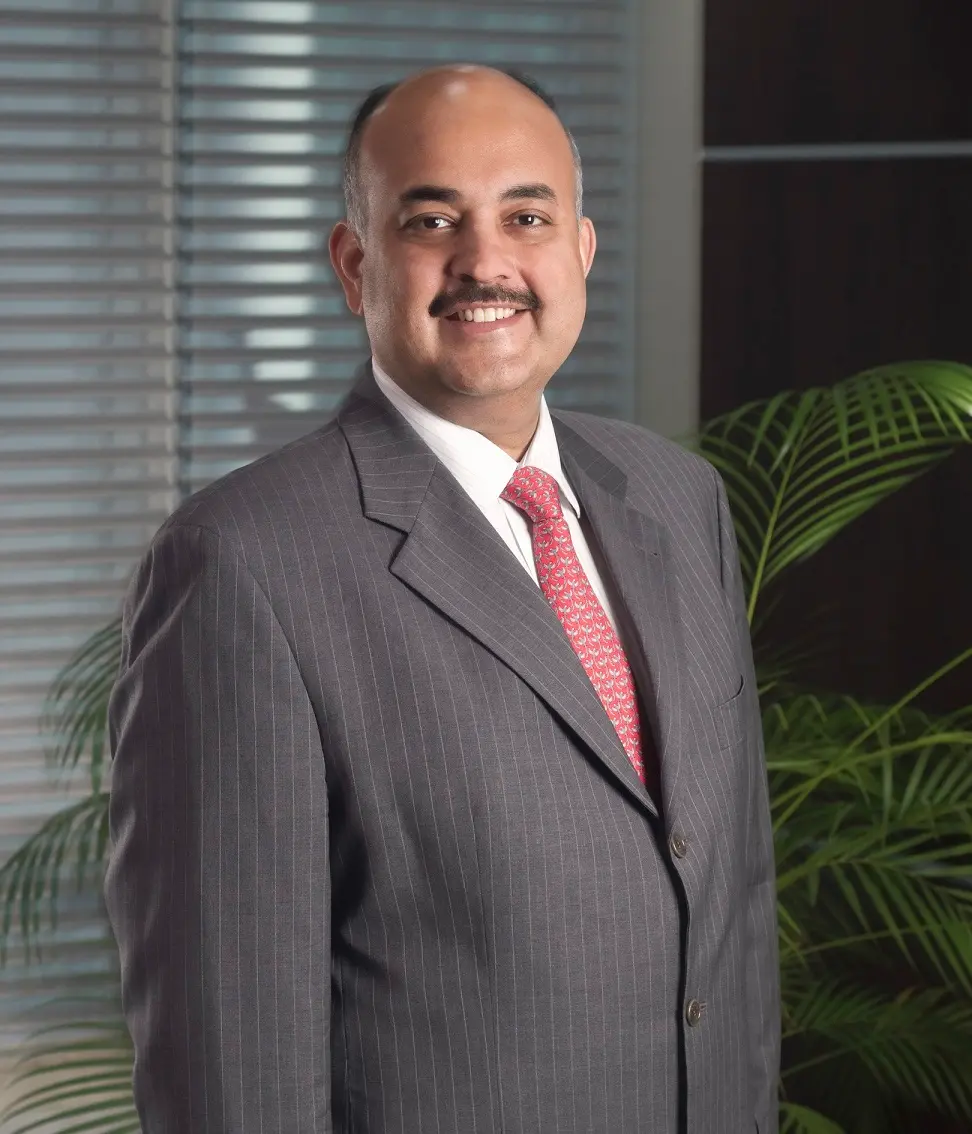

Prasanth Manghat - NMC CEO
STRATEGY IN NUMBERS
The company’s expansion strategy in Saudi Arabia focuses on three aspects. “We want to create higher outpatient activities, which in turn will create inpatient activities. Second, we aim to create specialized verticals where patients come in for special needs in the facility. The third aspect is eventually to create tertiary-care hospitals. This is our big picture for Saudi Arabia.”
With regard to how this will be implemented, Manghat said that there will be a focus on specialized centers, multispecialty needs as well as the government’s privatisation program. “By 2023, for the first segment, which is the specialized segment, we will have a thousand beds in Saudi Arabia, and that will create around $300 million in revenue for us. For the second one, which is multi-specialty needs, there will be around 2,000 beds for us in Saudi Arabia, which will create a revenue of $600 million. So by 2022–2023, our total healthcare businesses in Saudi Arabia should touch $900 million with an additional investment of around $300 million. In a five- to ten-year period from 2018, we will be sitting at around 6,000 beds in Saudi Arabia.”
As for whether the company is looking at acquisitions in Saudi Arabia, he said: “If you look at Saudi Arabia in certain specialized segments, there are no assets available. We are not really focusing only on inorganic expansion. If an opportunity comes that would help us accelerate our entry into Saudi Arabia or if there is a lack of licensing and that licensing is available, we may look at it. But otherwise, we want to create organic expansion.”
When asked whether he sees any risks associated with the company’s exposure to government revenues, he said that “because of various procedures that are involved in a government sector payment, generally somebody will be paying late, which we have seen, … But at the same time, providers are all pricing up to the loss of time on those receivables. So our view is that no hospital in private sector should focus on one single payer… when a private is coming in, it should contribute at all levels. It should contribute in creating beds, infrastructure, bringing in more doctors.”
YEAR OF CONSOLIDATION
The CEO dismissed the possibility of any significant acquisition happening during the rest of 2019. “We strongly believe that 2019 is a year when we need to consolidate. We need to bring in the best out of our businesses.”
Historically, NMC has relied only on bank debt and equity financing for growth funding. However, the group opted to diversify its sources of funding by tapping the debt capital market in 2018 in order to “better align its balance sheet with its scale as a large cap FTSE-100 index company”, as a 2018 filing said.
NMC Health now has one $400 million sukuk which was issued last year. There is also a convertible bond of $450 million dollars live for the company at this point of time.
Manghat believes that the company’s capital structure is well suited to the business at this time and doesn’t expect any bonds or sukuk issuance soon. He also said that the company’s debt levels have been lower throughout the last five years. “We have not gone above level three. We are in a market where there is no tax, so the cash generation from EBITDA [earnings before interest, tax, depreciation and amortization] to net profit is almost everything.”
“We have been able to acquire almost all assets with debt. The money that we’ve used from equity space throughout the lifespan of NMC is only about $600 or $500 million,” he added.
In the first quarter of last year, the company refinanced a major portion of its debt through a syndicated facility of $2 billion. At the end of 2018, net debt-to-EBITDA reached 3.1.
“At end of 2019, we are expecting nearly 2 to 2.4 times leverage (net-debt to EBITDA), and with the expansion next year, we will see higher cash conversion going forward,” he said.
(Writing by Nada Al Rifai nada.rifai@refinitiv.com, editing by Daniel Luiz)
Our Standards: The Thomson Reuters Trust Principles
Disclaimer: This article is provided for informational purposes only. The content does not provide tax, legal or investment advice or opinion regarding the suitability, value or profitability of any particular security, portfolio or investment strategy. Read our full disclaimer policy here.
© ZAWYA 2019
